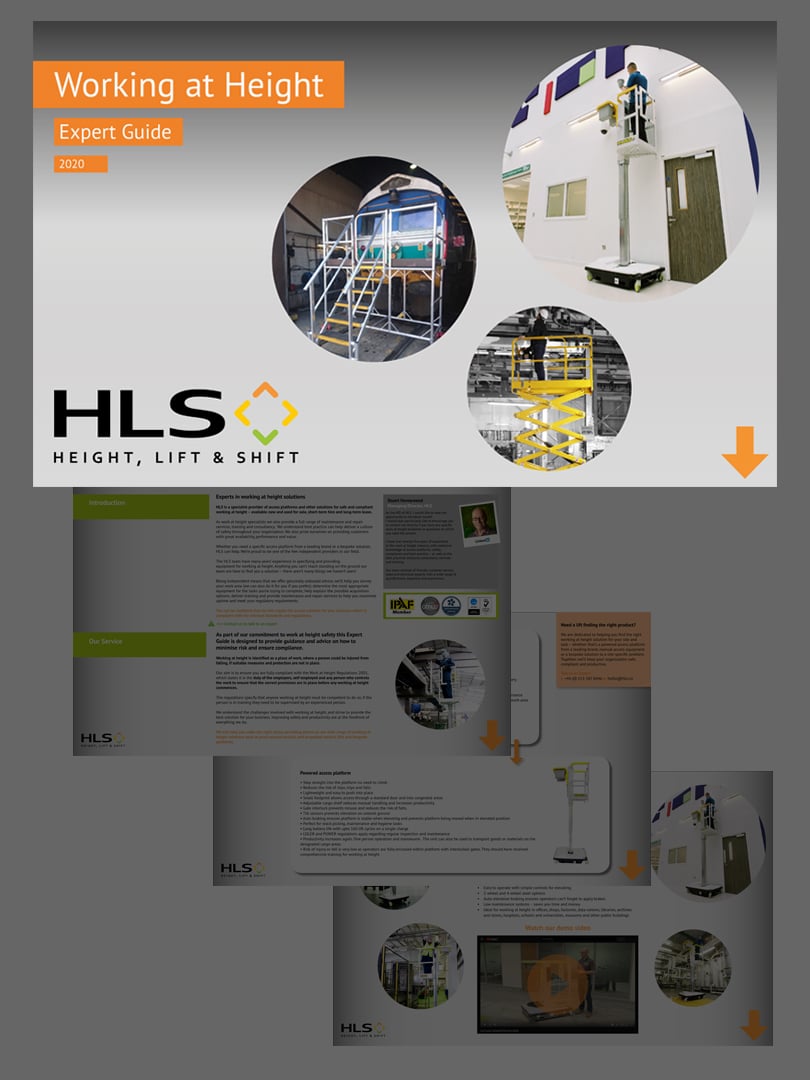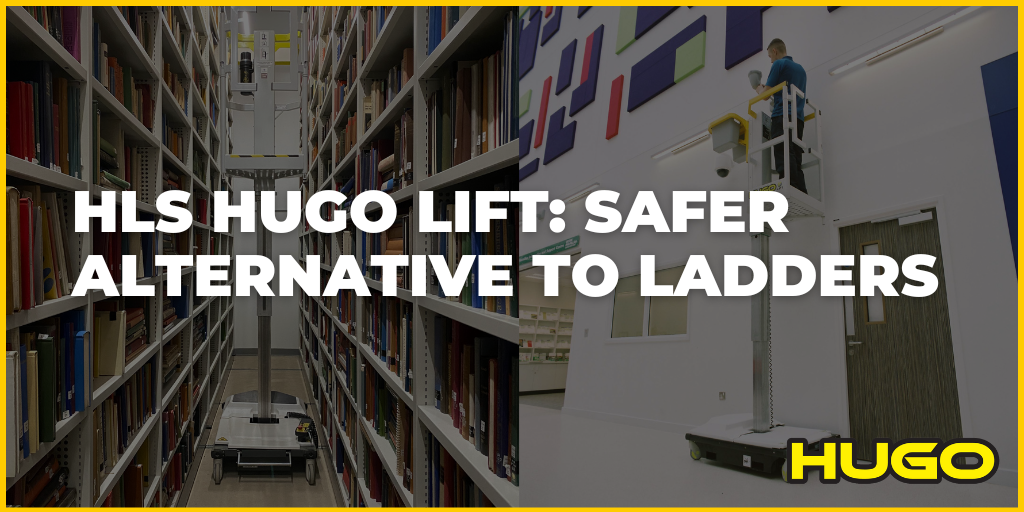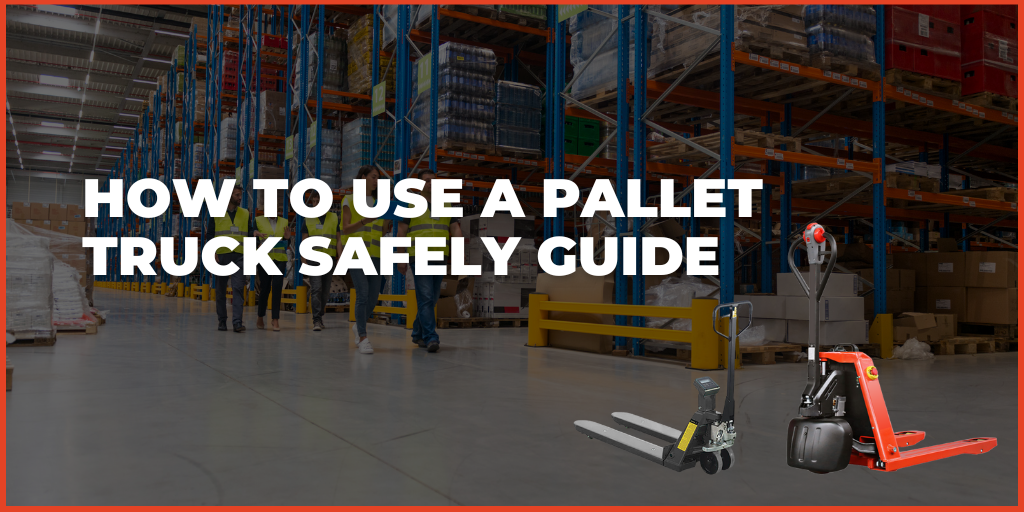The cost of falls from height are potentially huge, both physically and financially, and with current legislation in place to protect people there should be no excuse for poor work practices. Unfortunately most accidents and injuries could be avoided by the use of appropriate work equipment. This led Height, Lift & Shift (HLS) to conduct some research into how people carry out tasks at height, and how they manage manual handling during these tasks. The findings were mixed, with many reinforcing what many of us already feel to be true.
According to the HSE slips, trips, and falls account for around 2 million lost working days in a year. Our research found that around 90% of all working at height tasks observed were performed at some point using ladders or unofficial forms of access. Reducing this over-reliance on ladders and unofficial access is a key way for employees and employers to reduce the risk, lost working days, and nuisance factors including musculoskeletal issues, caused by poor manual handling and working at height practices. HLS also observed that users have a tendency to use whatever equipment is closest to hand. This puts manufacturers at greater risk of breeching HSE working at height regulations, and can put employees at unnecessary risk from the use of inappropriate equipment.
Around 49% of all tasks at height were carried out weekly or on a more frequent basis, which illustrates how integral tasks carried out at height are to the smooth running of our offices, shops, hospitals, schools and universities. Ensuring manufactures have good, effective equipment to complete their work in the safest, most efficient manner possible is key to organisations who take their responsibilities seriously.
Another finding was that there are significant differences between management and operators perception of organisational safety culture. This is an important point, because while there may be excellent management structures and policies in place within an organisation, if these are not filtering down intact to those completing the jobs then they are much less likely to have the desired positive impact.
Following this research HLS were able to gain insight into what the real world of working at height looks like, which has resulted in a tailored approach to our work. We developed a user-adoption programme, to ensure that the equipment provided to operators is suitable for each individual task.
If you’re a manufacturer and looking to improve safety in your factory then please contact HLS today. We ensure that when an organisation invests in improved safety they achieve the return on investment they are expecting, both through tangible productivity benefits, and the less tangible risk reduction benefits.
For more information on HLS and safety at height please call 0113 287 8446 or go to www.hls.co.
If you would like to receive more information on our product range and what we do please click here.




